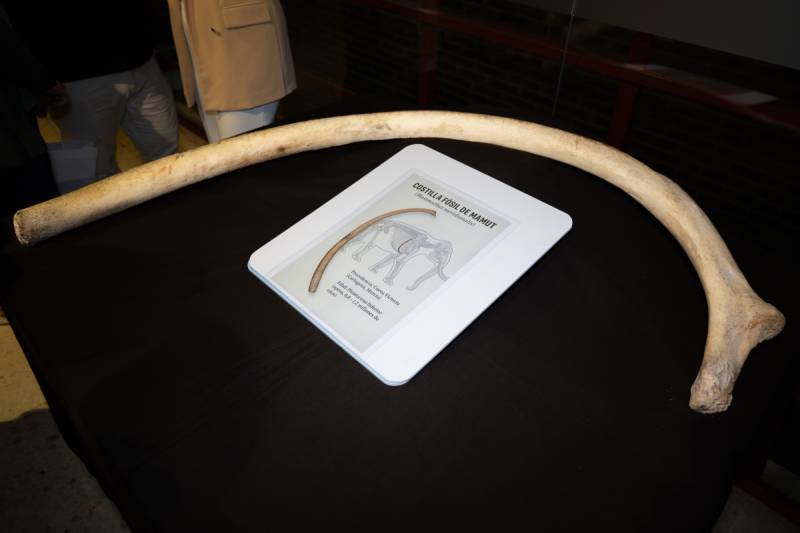- Region
- Águilas
- Alhama de Murcia
- Jumilla
- Lorca
- Los Alcázares
- Mazarrón
- San Javier
-
ALL AREAS & TOWNS
- AREAS
- SOUTH WEST
- MAR MENOR
- MURCIA CITY & CENTRAL
- NORTH & NORTH WEST
- TOWNS
- Abanilla
- Abarán
- Aguilas
- Alamillo
- Alcantarilla
- Aledo
- Alhama de Murcia
- Archena
- Balsicas
- Blanca
- Bolnuevo
- Bullas
- Cañadas del Romero
- Cabo de Palos
- Calasparra
- Camping Bolnuevo
- Campo De Ricote
- Camposol
- Canada De La Lena
- Caravaca de la Cruz
- Cartagena
- Cehegin
- Ceuti
- Cieza
- Condado de Alhama
- Corvera
- Costa Cálida
- Cuevas De Almanzora
- Cuevas de Reyllo
- El Carmoli
- El Mojon
- El Molino (Puerto Lumbreras)
- El Pareton / Cantareros
- El Raso
- El Valle Golf Resort
- Fortuna
- Fuente Alamo
- Hacienda del Alamo Golf Resort
- Hacienda Riquelme Golf Resort
- Isla Plana
- Islas Menores & Mar de Cristal
- Jumilla
- La Azohia
- La Charca
- La Manga Club
- La Manga del Mar Menor
- La Pinilla
- La Puebla
- La Torre
- La Torre Golf Resort
- La Unión
- Las Palas
- Las Ramblas
- Las Ramblas Golf
- Las Torres de Cotillas
- Leiva
- Librilla
- Lo Pagan
- Lo Santiago
- Lorca
- Lorquí
- Los Alcázares
- Los Balcones
- Los Belones
- Los Canovas
- Los Nietos
- Los Perez (Tallante)
- Los Urrutias
- Los Ventorrillos
- Mar De Cristal
- Mar Menor
- Mar Menor Golf Resort
- Mazarrón
- Mazarrón Country Club
- Molina de Segura
- Moratalla
- Mula
- Murcia City
- Murcia Property
- Pareton
- Peraleja Golf Resort
- Perin
- Pilar de la Horadada
- Pinar de Campoverde
- Pinoso
- Playa Honda
- Playa Honda / Playa Paraíso
- Pliego
- Portmán
- Pozo Estrecho
- Puerto de Mazarrón
- Puerto Lumbreras
- Puntas De Calnegre
- Region of Murcia
- Ricote
- Roda Golf Resort
- Roldan
- Roldan and Lo Ferro
- San Javier
- San Pedro del Pinatar
- Santiago de la Ribera
- Sierra Espuña
- Sucina
- Tallante
- Terrazas de la Torre Golf Resort
- Torre Pacheco
- Totana
- What's On Weekly Bulletin
- Yecla


- EDITIONS:
 Spanish News Today
Spanish News Today
 Alicante Today
Alicante Today
 Andalucia Today
Andalucia Today
Date Published: 02/06/2025
900,000-year-old mammoth rib? Turns out it might be a whale of a mistake
Doubts grow after scientists suggest ‘ancient’ fossil could actually belong to a sperm whale from the last century
 A fossil hailed just weeks ago as a once-in-a-lifetime discovery, possibly from a hairless mammoth that roamed Cartagena nearly a million years ago, may actually be something a little more... modern.
A fossil hailed just weeks ago as a once-in-a-lifetime discovery, possibly from a hairless mammoth that roamed Cartagena nearly a million years ago, may actually be something a little more... modern.Technicians from the Polytechnic University of Cartagena (UPCT) are now investigating whether the impressive 2.2 metre-long rib bone, proudly presented at the Municipal Archaeological Museum in early April, is not in fact from the Pleistocene period at all, but from a sperm whale that died less than 100 years ago.
The bone was donated to the museum by a local resident, Roque Berruez, a former miner who found it half-buried near Cueva Victoria years ago and kept it at home for decades. It was only recently brought to the attention of the authorities by the president of the local neighbourhood association and swiftly presented to the public by Cartagena’s mayor, Noelia Arroyo, who announced the find as the “largest fossil discovered at the site to date”.
Initial assessments had suggested the rib came from an adult mammoth weighing around nine tonnes and standing over four metres tall. It was even described as the fourth front left rib of the prehistoric beast. However, almost immediately, palaeontologists and researchers began raising serious doubts about its origins and species.
“It doesn’t seem to be from a mammoth, but from a sperm whale,” said sources close to the scientific investigation.
To complicate matters, the rib is what experts call a “decontextualised” find. That is, it was discovered outside of any clear scientific setting, so there is no firm evidence of when or exactly where it was found, which makes authentication particularly tricky.
The city council had promised from the outset that scientific tests would follow the public exhibition, but the potential misidentification has caused embarrassment and even jeopardised ongoing research. Plans to renew an excavation agreement at Cueva Victoria with the Catalan Institute of Human Paleoecology and Social Evolution (IPHES) are now reportedly on hold.
Responding to opposition criticism in a recent council meeting, Cartagena’s Heritage Councillor Pablo Braquehais defended the presentation, stating, “To build a building, I don’t ask anyone. For a bone, supposedly from a mammoth, I ask an expert.” He added, “If an expert tells me it’s a mammoth bone, I believe it.”
The final word now rests with UPCT professor Ángel Faz, a leading expert in environmental science, whose lab is carrying out spectrophotometer tests on the bone and the soil samples from its reported discovery site.
Whatever the outcome, the Cueva Victoria site remains one of Spain’s most intriguing palaeontological sites. Stretching more than three kilometres underground, it has previously yielded over 100 species of Pleistocene-era vertebrates, including evidence of human settlement and migration patterns between Africa and Europe.
Still, if this rib does turn out to be from a mid-20th-century whale rather than a prehistoric mammoth, the whole episode might go down as a cautionary tale – or, as the Spanish would say, a case of not selling the hare before hunting it. In English? Maybe, “don’t count your mammoths before they hatch”.
Image: Ayntamiento de Cartegena








